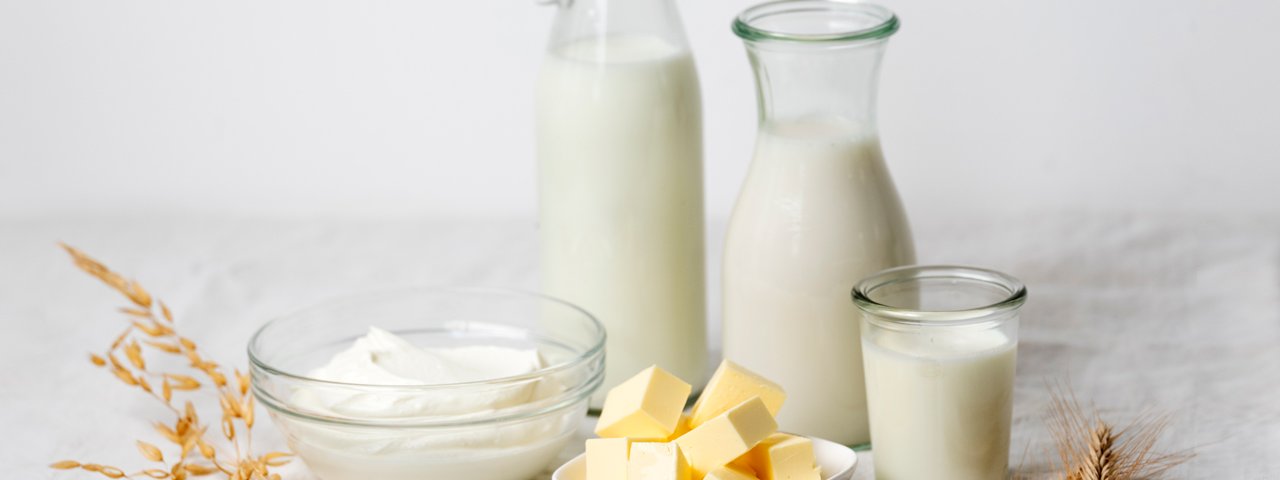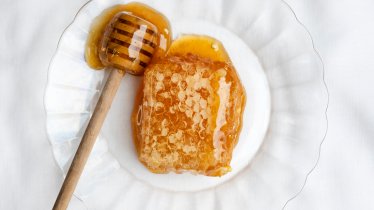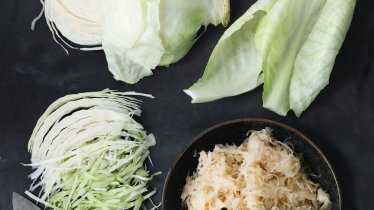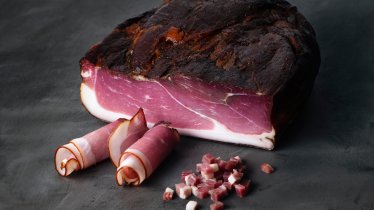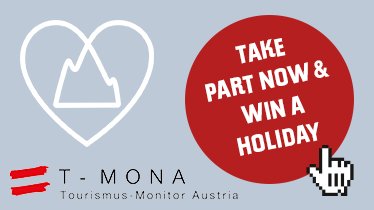Tirol has plenty of traditional dishes without meat. For centuries meat was a rare and precious treat only eaten on special occasions. The lack of cooling in summer meant it was mainly eaten in winter. However, working the land in Tirol was exhausting and required lots of energy, so farmers throughout the region needed plenty of protein to keep them going. The solution? By mixing certain foodstuffs together it was possible to create protein-rich dishes with the energy-giving properties usually only found in meat.
So what's in this magic mix? Pulses or cereals mixed with milk, dairy products or eggs. "Muas", a delicious porridge with a crunchy crust, was a traditional breakfast of farmers ahead of a long day out in the fields. Meat was generally only eaten in winter to top up levels of B12, a vitamin which was not found in meat-free dishes.
The perfect combination for healthy eating
- Tirol's many meat-free dishes such as "Knödel", "Nocken", "Muas" and "Schmarren" are best enjoyed with fruit or vegetables. For example, "Schmarren" (thick, chopped pancake) is generally best served with cranberry jam, while "Knödel" (dumplings) is served with cabbage. This provides a balance of protein and vitamins.
- Tirol's number one superfood is the wild cranberry. These contain many vitamins, including vitamin C, as well as minerals and secondary plant-based substance such as arbutin with its antibacterial properties. This is why wild cranberries are used a lot in local natural medicine to treat conditions such as urinary tract infections. Wild cranberries can be eaten raw (wash before eating) or cooked as a compott or jam.
- Protein-rich dishes without meat are ideal after sport, epecially if they are prepared with little fat.

